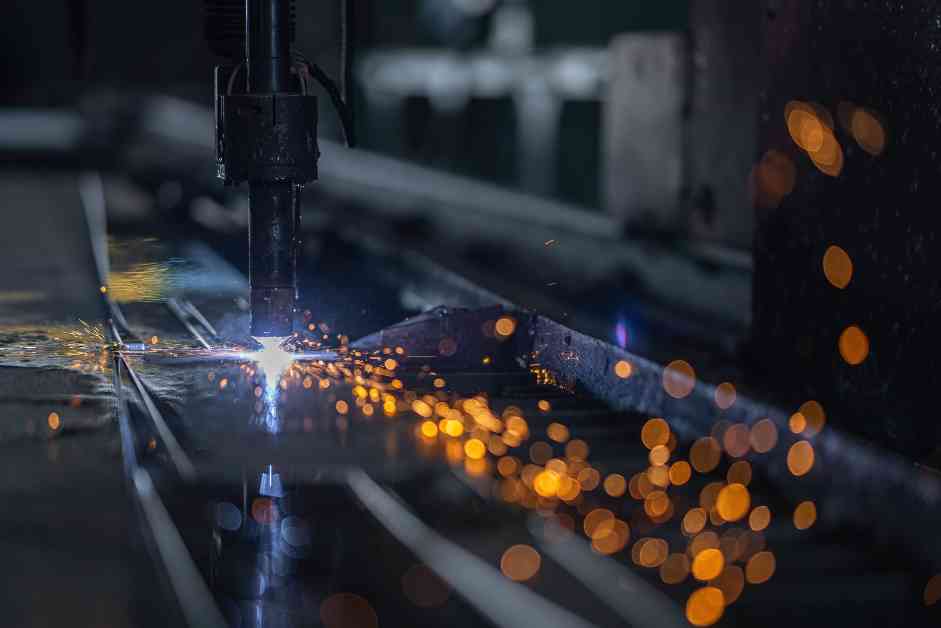The acquisition saga of US Steel has been a roller coaster ride with twists and turns that have kept market participants on their toes. It all began with a press release on August 13, 2023, announcing that US Steel was exploring strategic alternatives after receiving multiple proposals. Cleveland-Cliffs emerged as one of the suitors, offering $7.8 billion, but their bid was rejected.
The bidding war reached its climax on December 18, 2023, when Japan’s Nippon Steel emerged victorious with a $14.1 billion all-cash offer. This deal would have created one of the world’s largest steelmakers, producing 86 million tonnes per year, with ambitions to reach 100 million tonnes per year.
However, the deal faced opposition from various quarters, including incumbent President Joe Biden, former President Donald Trump, and the influential United Steelworkers (USW) labor union. The political landscape added complexity to the situation, with the upcoming presidential elections further complicating matters.
Despite the challenges, there were reasons to be optimistic about the deal. The new Democratic candidates, Kamala Harris and Tim Walz, were seen as positive factors for the acquisition. Additionally, Cleveland-Cliffs’ acquisition of Canadian steelmaker Stelco for $2.5 billion was seen as a step towards industry rationalization.
From a financial standpoint, Nippon Steel’s offer of $14.9 billion, along with additional investments and technology transfer, made it a compelling choice. The deal was also seen as beneficial for American supply chains and economic defenses against China.
However, the road to completion was not without obstacles. The USW’s opposition and concerns about national security implications added to the complexity. The Department of Justice’s antitrust review and regulatory approvals also presented challenges.
Despite the hurdles, US Steel shareholders voted overwhelmingly in favor of the deal in April 2024. The USW’s continued opposition remained a sticking point, but negotiations and arbitration were ongoing.
As the deal faced scrutiny and opposition, Nippon Steel remained committed to investing in US Steel’s facilities and preserving American jobs. The company’s promises of additional capital expenditures and technology transfer were aimed at addressing concerns and securing support for the acquisition.
The saga of US Steel’s acquisition by Nippon Steel is a testament to the complexities of corporate deals in a globalized economy. The interplay of politics, economics, and national interests has shaped the narrative of this $15 billion saga, highlighting the challenges and opportunities in the steel industry.
